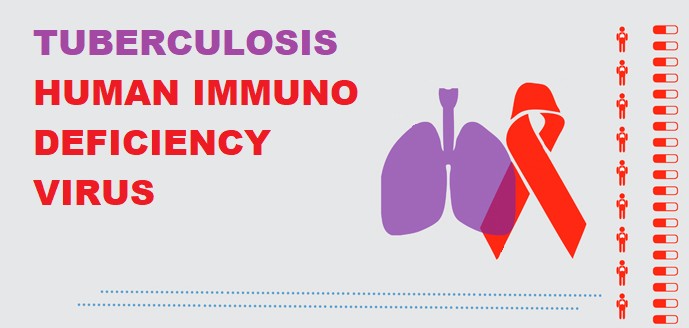The effectiveness of bivalent COVID-19 vaccines among individuals over 65 in the United States during 2022–2023 was recently described in a Morbidity and Mortality Weekly Report (MMWR) published by the Centers for Disease Control and Prevention (CDC). This ground-breaking study provides important insights into the efficacy of bivalent vaccine boosters by shedding light on the mortality rates among those who have received vaccinations and those who have not within this age range.
The Rise of Bivalent Vaccines
The CDC suggested bivalent COVID-19 vaccines on September 1, 2022, with a focus on the senior population in the US. Following this advice, a number of studies were carried out to examine how vaccination affected COVID-19 cases and fatality rates. These studies suggested that bivalent vaccinations provided greater disease protection.
Unveiling the Impact of Bivalent Boosters
The focus of the most current CDC report on adults over 65 years old is the effectiveness and long-term safety of bivalent COVID-19 booster vaccinations. The death rate ratios (RRs) in immunized people during the times when the Omicron variation, such as Omicron BA.5, Omicron BQ.1/BQ.1.1, and Omicron XBB.1.5, predominated are carefully examined.
From September 18, 2022, to April 1, 2023, data were gathered from 20 U.S. counties and included weekly counts of COVID-19-related mortality among both unvaccinated people and bivalent booster recipients. The COVID-19 case surveillance data in the US were routinely linked to immunization registries and registration databases used by the CDC.
Vaccination’s Impact on Mortality Rates
During the time period, 8,161 deaths among individuals under 65 were linked to COVID-19 and were reported in all 20 U.S. counties. In the three Omicron predominance periods, the percentage of fatalities among 80-year-olds varied between vaccinated and unvaccinated people.
However, during all three time periods, unvaccinated people continuously exhibited significant mortality rates. On the other hand, mortality rates among immunized individuals aged 65 years reached their peak in December 2022, during the BQ.1/BQ.1.1 dominance era.
The CDC also looked at mortality rates in the two weeks to two months following bivalent booster immunization among both vaccinated and unvaccinated people. According to the statistics, death rate ratios significantly decreased between the BA.5 and XBB.1.5 dominant periods, with a minor fall in vaccination effectiveness (VE) from 94% to 88%.
Additionally, similar mortality rate ratios were seen in people who received their vaccinations two weeks to two months earlier or three to six months earlier than the BQ.1/BQ.1.1- to XBB.1.5-predominant periods, indicating ongoing protection from COVID-19-related death.
Bivalent Boosters as a Lifesaver
In conclusion, bivalent COVID-19 booster shots offer adults over 65 years of age significant and long-lasting protection against COVID-19-related mortality. In line with earlier research on the effectiveness of vaccines against serious illness and death, the data showed no signs of declining effectiveness up to six months after vaccination.
The revised COVID-19 vaccine, together with one or more additional bivalent doses, is strongly advised for individuals older than 6 months. For immunocompromised people and people under 65 years old, additional doses are unnecessary but may offer further protection.
Most notably, due to the altered SARS-CoV-2 spike protein in the bivalent vaccine, the CDC reported a marginal 6% drop in immune evasion during the Omicron XBB.1.5 phase compared to the Omicron BA.5 period.
The COVID-19 public health emergency will be declared over in the U.S. on May 11, 2023, but the CDC will keep track of vaccine effectiveness through carefully monitored research like the IVY networks. Understanding the changing COVID-19 vaccination market and ensuring public health safety depends heavily on this continuing study.
Study DOI: 10.15585/mmwr.mm7224a6
Subscribe
to get our
LATEST NEWS
Related Posts

Infectious Diseases & Vaccinology
Rezzayo™’s Latest EU Approval for Invasive Candidiasis Breaks Ground in Antifungal Therapy
Rezafungin marks the initial addition to the treatment arsenal for patients grappling with invasive candidiasis in more than 15 years.

Infectious Diseases & Vaccinology
Unmasking the Shadow: CDC Battles the Latest Fungal Meningitis Outbreak in Matamoros, Mexico
CDC tackles fatal fungal meningitis outbreak linked to surgeries in Matamoros, Mexico.
Read More Articles
Synthetic Chemistry’s Potential in Deciphering Antimicrobial Peptides
The saga of antimicrobial peptides unfolds as a testament to scientific ingenuity and therapeutic resilience.












